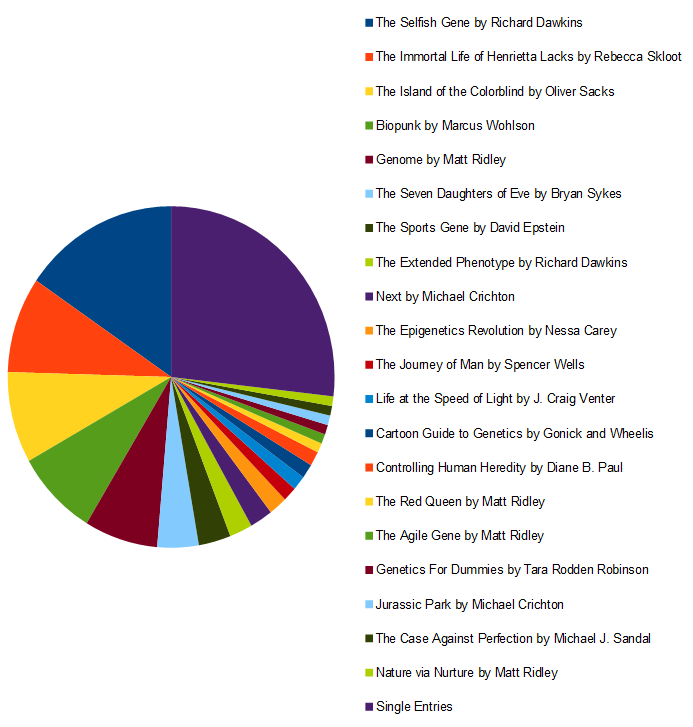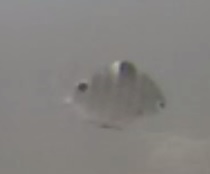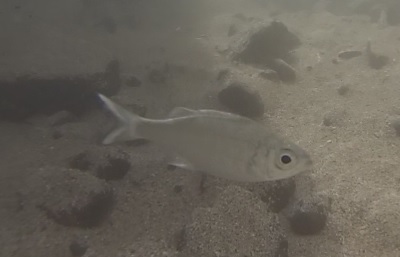Towards the end of the semester I asked my students for their recommendation on extra credit reading assignments next year. Here is a plot of their response with books that were suggested by two or more students (single entries, which were slightly more than a quarter of the total response, are grouped together).
The large number of students that recommended The Selfish Gene by Dawkins surprised me. Actually it makes me a bit suspicious that they are already reading this for another class... The four next most popular books are ones that were options this year, so I suspect they are a bit inflated, but are still good books that are relevant to genetics. Controlling Human Heredity by Paul is also one that was among the options this year but it was not recommended as highly--it was dry and less enjoyable to read, but I still think it is an important book for them to be exposed to (the history of eugenics programs in the United States). Still, the students have helped me identify several books that I can take a closer look at for reading options in class next year.
Here are some of the single entry student recommendations that caught my attention (this is not an endorsement for or against):
Lords Of The Harvest: Biotech, Big Money, And The Future Of Food by Daniel Charles
Genetically Modified Athletes: Biomedical Ethics, Gene Doping and Sport : by Andy Miah
Genetic Witness: Science, Law, and Controversy in the Making of DNA Profiling by Jay Aronson
Evolution: Making Sense of Life by Carl Zimmer and Douglas Emlen
Everyone Here Spoke Sign Language: Hereditary Deafness on Martha's Vineyard by Nora Ellen Groce
Deep Ancestry: Inside the Genographic Project by T. Spencer Wells
Deep Ancestry: Inside the Genographic Project by Spencer Wells
Banana: The Fate of the Fruit That Changed the World by Dan Koeppel
The Red Queen: Sex and the Evolution of Human Nature by Matt Ridley
Power, Sex, Suicide: Mitochondria and the Meaning of Life by Nick Lane
Why We Get Sick: The New Science of Darwinian Medicine by Randolph M. Nesse and George C. Williams
Incognito: The Secret Lives of the Brain by David Eagleman
The Demon-Haunted World: Science as a Candle in the Dark by Carl Sagan and Ann Druyan
Mapping Human History: Genes, Race, and Our Common Origins by Steve Olson
Mutants: On Genetic Variety and the Human Body by Armand Marie Leroi
Crying Hands: Eugenics and Deaf People in Nazi Germany by Horst Biesold and Henry Friedlander
Survival of the Sickest: The Surprising Connections Between Disease and Longevity by Sharon Moalem and Jonathan Prince
Invasion of the Genes: Genetic Heritage of India by B. S. Ahloowalia
The Violinist's Thumb: And Other Lost Tales of Love, War, and Genius, as Written by Our Genetic Code by Sam Kean
Endless Forms Most Beautiful: The New Science of Evo Devo by Sean B. Carroll
War Against the Weak: Eugenics and America's Campaign to Create a Master Race by Edwin Black
The Family that Couldn't Sleep: D.T. Max
The Making of the Fittest: DNA and the Ultimate Forensic Record of Evolution by Sean B. Carroll
The Genetics Revolution: History, Fears, and Future of a Life-Altering Science by Rose Morgan
The Philadelphia Chromosome: A Mutant Gene and the Quest to Cure Cancer at the Genetic Level by Jessica Wapner and Robert A. Weinberg
The Emperor of All Maladies: A Biography of Cancer by Siddhartha Mukherjee
Denialism: How Irrational Thinking Hinders Scientific Progress, Harms the Planet, and Threatens Our Lives by Michael Specter
The Ethics of Genetic Engineering by Roberta M. Berry
Is It in Your Genes?: The Influence of Genes on Common Disorders and Diseases that Affect You and Your Family... by Philip R. Reilly
The Mismeasure of Man by Stephen Jay Gould
Abraham Lincoln's DNA and Other Adventures in Genetics by Philip R. Reilly



